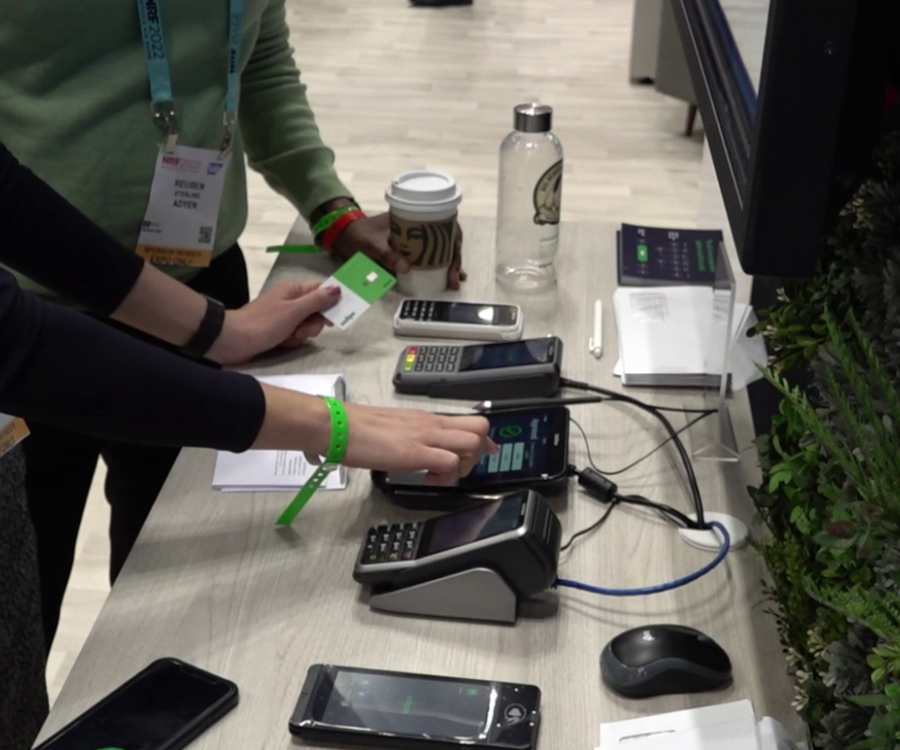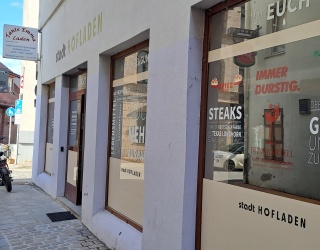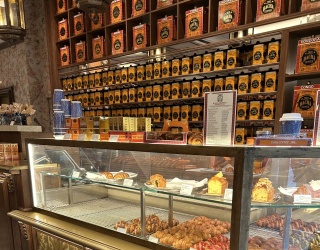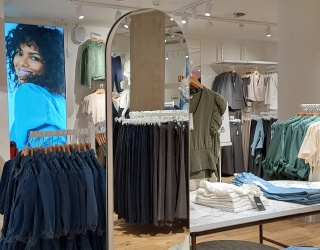Retail checkout counters have to rise to the challenge of ever-increasing customer needs and expectations: The checkout as a one-way street, where customers simply pay for their items and physically take them home, is no longer a viable business model. Digital transformation has created a multitude of digital and physical touchpoints where customers interact with the brand, making the customer journey increasingly complex and multifaceted in the process. That is why the retail sector must strive to merge online and offline channels to craft a seamless omnichannel experience. The checkout area is at the heart of the action.

The checkout increasingly turns from being a one-way street into a central hub: checkout associates not only sell items, they also dispense merchandise or handle exchanges and returns. The transition from offline to online retail is fluid in this case: today’s customers expect that products bought online can be returned or exchanged in brick-and-mortar stores. Other expectations include shopping online and subsequent pickup and payment in-store. Yet another desired option: being able to switch and make the digital shopping cart on your desktop computer accessible on your smartphone. Customers also want real-time inventory availability: when an article of clothing is no longer available in the customer’s size or desired color, associates can check via the inventory management system whether it can be requested from another store location or the warehouse and delivered directly to the customer’s address. After all, no matter where the consumer shops, customer service should always be consistent to create a seamless shopping experience across all channels.
Great expectations?
What sounds like modest requests and has now become a standard of service many customers simply expect is actually challenging to implement. The processes and IT systems in inventory management, logistics and warehousing must facilitate and support the seamless interaction between offline and online retail. However, these systems were often created by taking an inside-out versus an outside-in approach. Even if marketing and sales efforts put the customer first, they still rely on a company’s internal operations, processes, systems, and interfaces. The technical capabilities for delivering a seamless customer experience have been available for years, but it takes an integrated omnichannel strategy and a superordinate architecture to leverage them efficiently and productively. Ideally, the systems, structures and processes can be standardized and integrated both offline and online to where the customer no longer notices when he or she switches from one channel to another – thus creating a “channel-less” shopping experience. The KPS business consultants provide comprehensive support, ranging from strategy, turnkey process integration to successful technology implementation. In the new Customer Experience Centers in Dortmund, retailers can experience digital products up close and help create the transformation process in a live setting – and shape the future of customer experience in the process.

Well-harmonized back-end system integration supports and boosts customer loyalty and retention. For example, the Globus Hypermarket Holding has upgraded its customer loyalty program in collaboration with KPS Unternehmensberatung. The newly implemented SAP CRM consolidates all customer master data and links it to new purchases. By combining it with SAP Marketing, Globus customers are able to receive personalized coupons, special offers or regional newsletters.
Thanks to the ever-growing types of digital and mobile payment systems, payment options also heavily impact the customer experience. Customers are no longer satisfied with debit cards, credit cards or cash as their only methods of payment. Google Wallet, Apple Pay, Alipay In-Store Payment, and online payment services such as PayPal, Instant Transfer or Klarna are all an important part of the perfect omnichannel experience. They enable customers to conveniently and securely make payments using their preferred method, while the retailer gains valuable insights into customer buying behaviors. This allows merchants to improve category management efficiency and personalize the customer experience – by implementing a customer loyalty program like the one used by Globus for example.
Attention, travelers!
Globalization has made travelers into a key target market. While traveling abroad, foreign tourists have to withdraw money, exchange foreign currencies and likely pay fees. Not anyone’s idea of fun, ease, and convenience. This is an area where retailers can create added value to their business. Many top global brands now offer the Chinese payment method Alipay in Germany looking to reach a critical mass of tourists from China, who spend 165 billion USD a year in Europe, in addition to the nearly 400,000 Chinese students at German universities. Stores that feature signs with the Alipay logo stand out from the competition. Alipay is also accepted at Germany’s Oktoberfest in Munich. Stuttgart-Marketing GmbH even uses Alipay as a tourism strategy to target Chinese travelers.
If retailers can provide a seamless shopping experience across all channels, they can gain and maintain a competitive edge over other merchants. The checkout as a merchandise hub and central interface of all channels plays a key role in creating a simple, comfortable, speedy and personalized customer experience.










